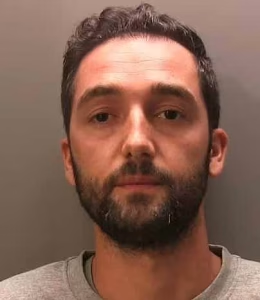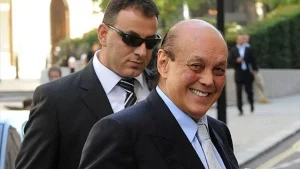A new refund scheme for lasting power of attorney (LPA) applications was introduced at the beginning of February, but could it be the Ministry of Justice’s best kept secret? Elizabeth Young, partner at Roythornes Solicitors, looks at the scheme a month on from its launch and questions why not many people appear to know about it.
On 1 February 2018 the Ministry of Justice (MOJ) launched a scheme that offers a partial refund on applications to register a power of attorney from 1 April 2013 to 31 March 2017. It applies to lasting powers of attorney and also enduring powers of attorney (EPA) and must be claimed by 31 January 2021.
The scheme has been set up because the Office of the Public Guardian (OPG) – the government body administering the scheme – has reduced its processing costs in recent years without reducing application costs to reflect this. The OPG and has now therefore put the necessary process into place to refund those who have overpaid.
According to a Freedom of Information request approximately 1.8 million people are now entitled to a partial refund. However, the scheme has now been active for one month and still no one appears to know about it – is this new refund scheme therefore the MOJ’s best kept secret?
Here is a rundown of everything you need to know to remove the mystery.
Am I eligible for a refund?
The first step for claiming your refund is to work out if you are eligible. The reimbursement criteria is split into two categories including the ‘donor - the person who made the claim for power of attorney – and an ‘attorney’ - the person appointed by the donor in an LPA or EPA - however the refund is payable to the donor only.
How much can I claim?
The amount you are eligible to receive depends on when you paid the fee. You can claim for both types of LPA, meaning you could be eligible for a refund of up to £108, however the total also includes an interest rate of 0.5% not included in the amount shown. See the table below for full details:
| When you paid the fee |
Refund for each power of attorney |
| April 2013 to September 2013 |
£54 |
| October 2013 to March 2014 |
£34 |
| April 2014 to March 2015 |
£37 |
| April 2015 to March 2016 |
£38 |
| April 2016 to March 2017 |
£45 |
Source: Gov.uk, February 2018
How do I claim?
The easiest way to claim is online here: https://claim-power-of-attorney-refund.service.gov.uk/start. It will take around 10 minutes and you will need the donor’s UK bank account number and sort code along with a copy of the LPA (if you have it).
Alternatively, you can call the refunds helpline, particularly if either the donor doesn’t have a UK bank account, you’re a court appointed deputy or have a trust organisation as the attorney. If any of these circumstances apply to you or if you don’t have internet access then call 0300 456 0300 and choose option six.
If the donor has died then only the executor of the will or administrator of the estate can claim a refund.
What happens next?
It can take up to 12 weeks for your claim to be processed and will be repaid directly into the donor’s bank account.
The process of applying for a refund is incredibly quick and easy so there should be no reason that people don’t apply. The MOJ has released details on how to apply, see its website for more information, however it doesn’t appear to have reached many potential beneficiaries, so if you are eligible then I would encourage you to apply.




















